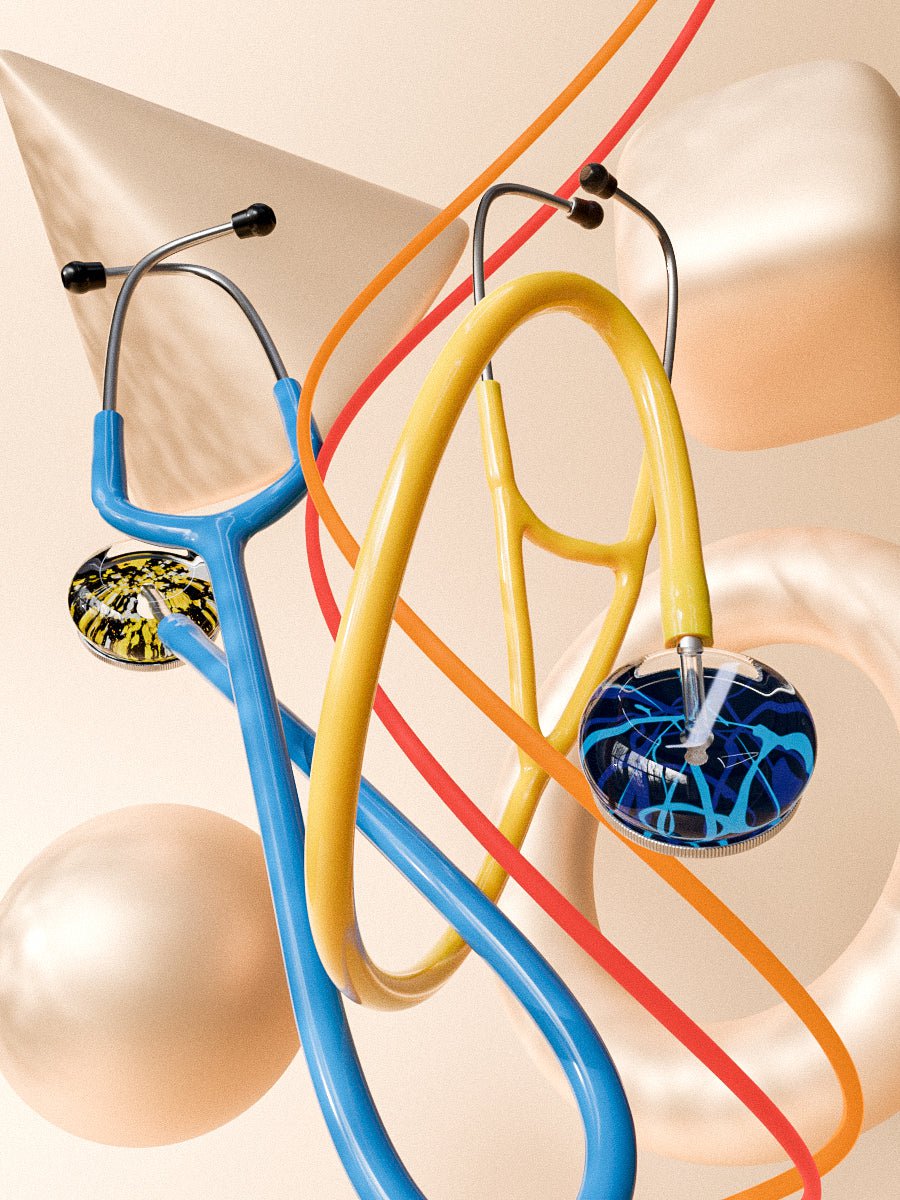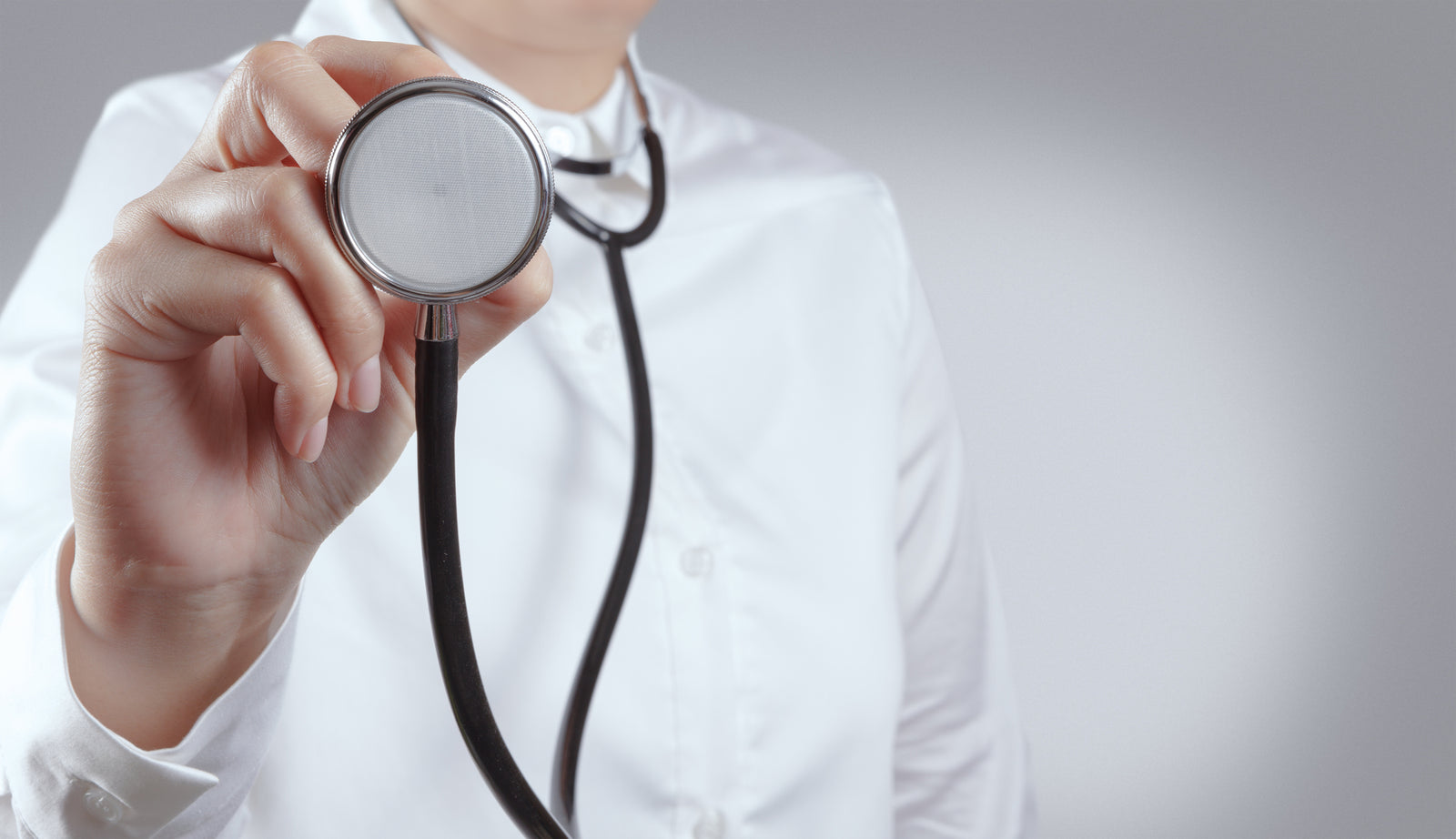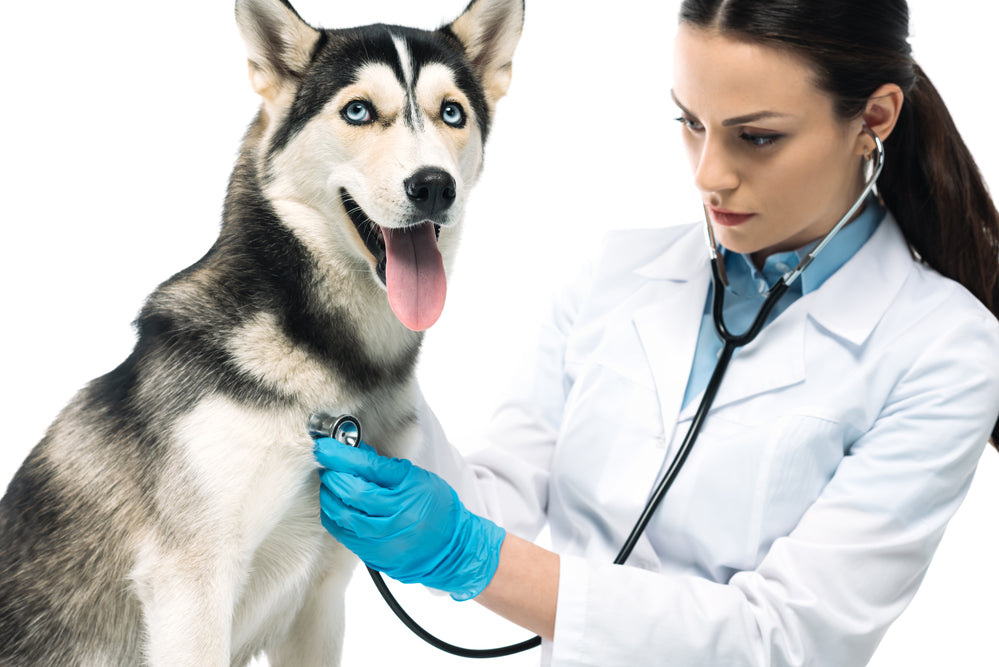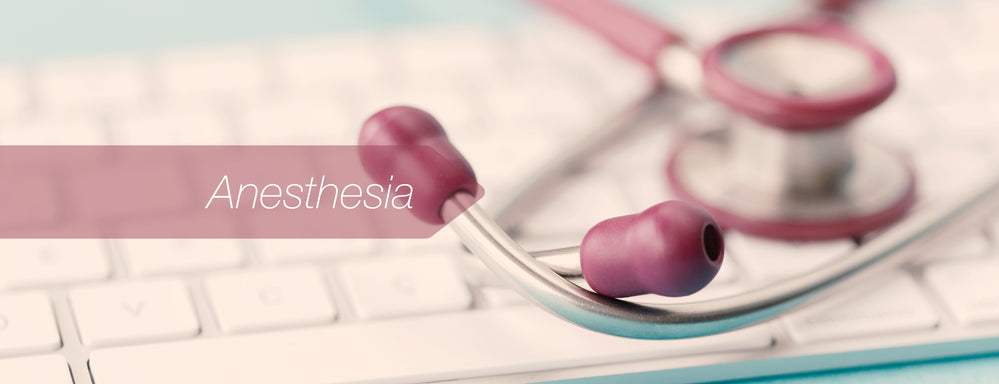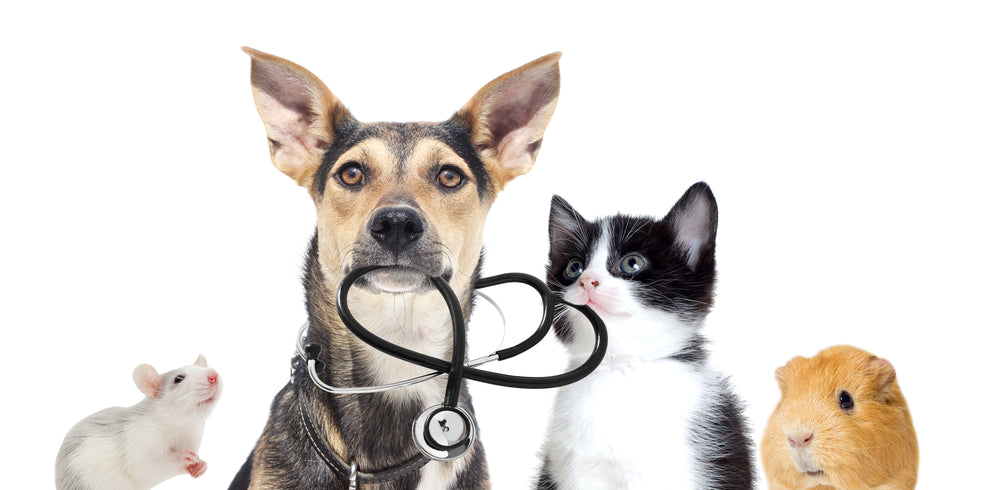A stethoscope is a crucial medical instrument that is commonly used for diagnostic purposes. Any specialist in the medical field should know how to use this medical equipment. A key aspect of learning how to use a stethoscope is first understanding how to wear it. Ultrascope offers some of the best custom stethoscopes but we also offer informative articles about the care of the instrument.
Knowing how to wear this equipment correctly also translates to optimal performance and comfortability when on it. What’s more, this is double contact equipment that must be handled correctly to ensure that you and your patient are not hurt in the process of using it.
Are you wondering how a stethoscope should be worn? This article will answer this question comprehensively, so make sure to read till the end.
Before we explore the most accurate way to wear a stethoscope, let us first discuss briefly what its general purpose is and its various components.
The general-purpose of a stethoscope
A stethoscope is used to diagnose different health conditions by listening to sounds from internal body organs, especially in the heart and lung areas. It is also used on patients who are under treatment to evaluate their progress. A typical physician is able to hear and interpret normal and abnormal sounds produced by internal organs such as uterine, intestinal, cardiac, respiratory, and abdominal organs.
Structure and working of different components of a stethoscope
A stethoscope is a medical instrument with a disc-shaped resonator connected with two tubes to the earpiece used to listen to sounds produced by internal body parts, as explained above. This instrument comes with distinct features all joined together to perform this crucial task collaboratively.
Understanding these main parts will ease the process of learning how to wear the stethoscope properly. Let’s quickly explore these components.
-
Headset
The headset is the upper part of the stethoscope comprised of an earpiece, tension springs, and ear tip piece. These components are correctly aligned to make sure there is efficient sound transmission. -
Earpiece
The earpiece is the stethoscope’s part that goes to the user's ear and is used to receive sound from the chest-piece. Generally, the earpieces are made of rubber or silicone to form a complete seal to the ears when worn, thus blocking noise from the surrounding. -
Ear tube
This is the metallic part that connects the ear tips and the tubing and is designed to transfer sound with minimal loss. The ear tubes are used to separate sound from the right and the left channel to better diagnose a medical condition. -
Tubing
This is the soft, flexible line that connects the chest piece and the ear tubes and is used to maintain and transfer sound frequency captured by bell or diaphragm. -
Stem
This is a metallic part that connects the tubing and the chest piece and switches between the diaphragm and the bell. -
Chest piece
The chest piece comprises the connected stem and a diaphragm/bell, all used to listen to the patient's lung, heart, or stomach movements by placing the bell or diaphragm on the skin. -
Diaphragm
The diaphragm is found at the end of the chest piece and is used to listen to high-frequency sounds due to its wide coverage. This component contains non-chill and hypo-allergenic features for comfortability when used on the patient skin. -
Bell
The bell is also found at the end of the chest piece but is used for lower sound frequencies as it covers a smaller area.
When these parts are combined and working correctly, they ensure proper sound transmission to diagnose various illnesses followed by apt treatment. For accurate working of a stethoscope, you need to ensure that all these parts are intact before you put on this equipment.
This said we can now dive into the stethoscope-wearing guide.
How to wear a stethoscope - A stepwise guide
Position the stethoscope properly
The first rule to follow when you want to wear a stethoscope properly is positioning your stethoscope in front of you with the diaphragm surface facing you. The binaural should point away from you since the ear canals bend towards the face.
Position the earpieces correctly
Well-positioned earpieces block noise from the outside and ensure that you are comfortable. This is the correct way to wear the stethoscope earpieces.
Wear the earpieces gently and then twist them softly to make sure they are angled forward towards the nose. The earpieces must all time be aligned to match the direction of your ear canals. This step is crucial as it ensures that the ear canals are sealed correctly, barring any noise from outside for you to focus and concentrate on the sound transmitted by the stethoscope.
Stethoscopes come with different sizes of ear tips and hence you should fit them all to determine the ones that provide a complete seal for your ear canals. Also, only wear earpieces that are comfortable for you.
Adjust the earpiece tension on the stethoscope
Next, you have to make sure that the earpieces are close to your head but not too close. Also, adjust them to make sure they are not too tight or too loose.
You might not hear anything for too loose earpieces; hence you need to tighten the tension by squeezing the headset near the earpieces. On the other hand, too-tight earpieces may hurt your ears, making it hard to use them. In this case, you need to loosen the tension by pulling the headset gently.
Rotate the stethoscope
When using the double-sided stethoscope, usually the one with both the diaphragm and the bell, you need to rotate the stem to use either of them. If it is the diaphragm you need to use, turn the stem to open it and close the bell and prevent any noise that may come in through the bell. Do the opposite when you need to use the bell.
Hold the stethoscope for use
The stethoscope should be appropriately held for crisp, clear sound as holding it improperly may create unnecessary noise.
It would be best if you held the chest piece between your index and middle fingers of your dominant hand. Do not grip it with your fingers' tips, as this may lead to the creation of extra noise. To prevent the tube from rubbing against the skin, keep it under your thumb.
When using the stethoscope, place the diaphragm directly onto the skin for better sound transmission. Note that placing it on top of light clothing might result in unnecessary noise produced when the clothing rubs on the diaphragm. This may make you miss subtle sounds critical in diagnosis and evaluation.
Carrying your stethoscope when not in use
From time to time, you may be required to carry your stethoscope around for later use on patients in different locations, especially in busy hospitals. Wearing it correctly even when it is not in use is essential for its overall performance and durability. When not in use you should handle it following these tips:
- Since you are likely to wear it around your neck, put it on top of your shirt collar to obstruct oils from your neck that may cause hardened tubing.
- The rubbing against your clothing may cause the earpiece and the chest piece to loosen; thus, it is advisable to check on them regularly to ensure they are tight.
- Always avoid putting your stethoscope inside your lab coat's pockets as this can twist the tubing and earpieces, leading to loosened seals that can cause sound interference.
Things to avoid when wearing a stethoscope
- Contact between the stethoscope tubing and the body as the body's oils may cause premature damage to the tubing.
- Having a backwards-facing earpiece as you will not hear anything when using the stethoscope.
- Keeping it in extreme conditions such as extreme heat or cold to prevent damage.
- Immersing it into a liquid. Under no circumstance should you immerse your stethoscope into any liquid as this may damage the internal components. Use propyl ethanol if you want to clean it.
Conclusion
If you are new in the medical field, we hope this guide has cleared all the confusion revolving around the topic of how to use a stethoscope properly. Even if you are an experienced practitioner, we are also certain that this refresher did not hurt.
You can see that the procedure and rules are quite simple and when followed, you can never go wrong with this medical equipment. Start by understanding the stethoscope parts and their functions as this will not only better how you wear it but also use this medical equipment.
